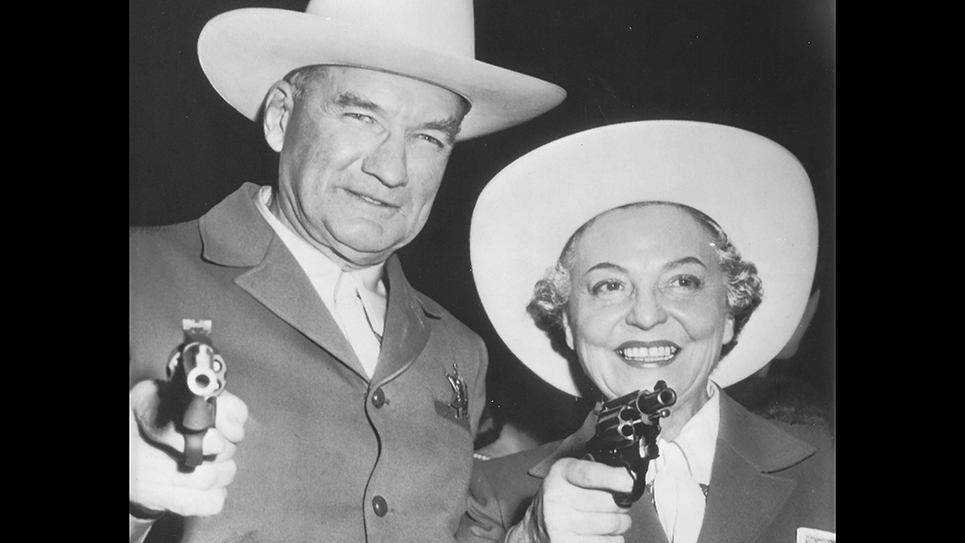Visiting John Sevier’s springhouse
A Day Away By Mike Steely
If you have never visited Marble Springs, the home of Tennessee’s first governor John Sevier, there’s something there you might want to see, even if you are familiar with the site. There are lots of historic structures there including his historic two-story home but the most important thing on the grounds back then was the source of water.
Kyle Dickson, executive director of Marble Springs State Historic Site, agrees that Sevier, in looking for a home site prior to statehood, probably chose the hilltop location due to the natural springs there. In pioneer days, water and salt were two vital items needed for daily life.
Dickson said there are mentions of a salt being bought in Sevier’s journals and he does mention the springs. After Sevier obtained the property he built a smoke house, a corn crib and the springhouse. The exact location of his springhouse isn’t known but there are two places downhill from the house where the springs emerge where the springhouse was likely located. The stream eventually empties into Neubert Springs.
You can stand in either rear door of the house and see the current springhouse. Carrying water up the hill for daily use must have been an effort. Later someone built a well near the spring.
Fresh spring water was much safer than water from a river or pond, coming clean from the ground. It was used for cooking, washing clothes, bathing, and most other common daily tasks that required water. The cool spring water, at about 55 degrees year round, was also used to help preserve food that was often submerged in the spring. It was also vital in making whiskey.
Referring to the spring at one point Sevier wrote to his son and said, “I am so sorry to learn you are much afflicted with the Rheumatism, I wish you could spend a summer at Marble Springs, probably the water would relieve you, as it has done me. I am very confident it was that water alone that gave me any relief.”
Sevier owned a few slaves and they may have been involved in digging out the spring or building the springhouse.
When I visited Marble Springs recently, Dickson and volunteers were busy cleaning, repairing and checking the historic homestead, preparing for the season of visitors. You can get more information about John Sevier and Marble Springs by visiting www.marblesprings.net or call (865) 573-5508.
The Marble Springs State Historic Site is open Wednesday through Saturday, 10 a.m. until 5 p.m. and Sundays from noon until 5 p.m. Guided tours take place at 11 a.m., 1 p.m. and 3 p.m. There are also audio tours available and self-guided tours are free.
The complex has over 30 acres of wooded scenery and is occasionally used for weddings, family reunions and birthday parties. There’s a gift shop and each building, including the two-story Sevier home, are open to tour. The site is aided by the Arts and Heritage Fund, Knox County, and the Governor John Sevier Memorial Association. Marble Springs State Historic Site is funded under an agreement with the Tennessee Historical Commission and is a Tennessee Historical Commission State-Owned Historic Site.
Marble Springs is located at 1220 West Governor John Sevier Highway in south Knoxville which can be accessed from Alcoa, Chapman and Andrew Johnson highways. While traveling Gov. John Sevier Highway, you may want to take it east to the East Tennessee Veterans Volunteer Cemetery and pay your respects.






